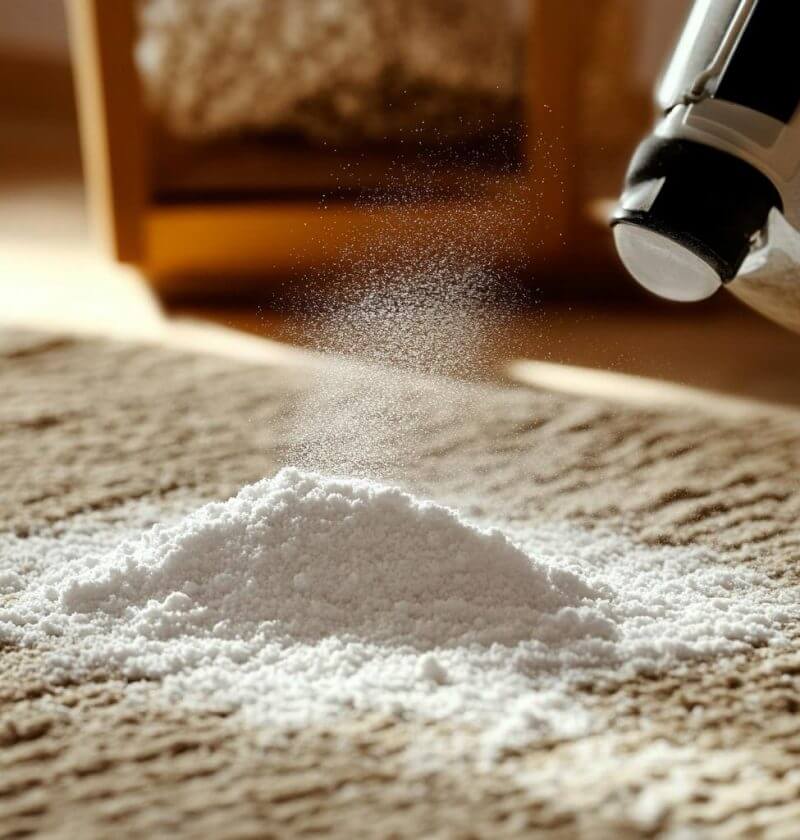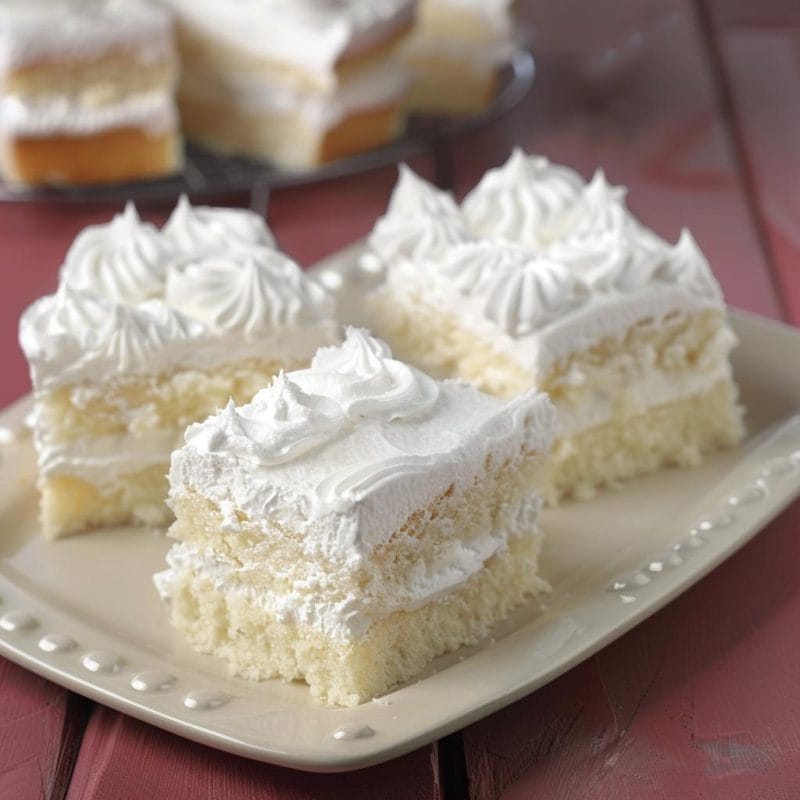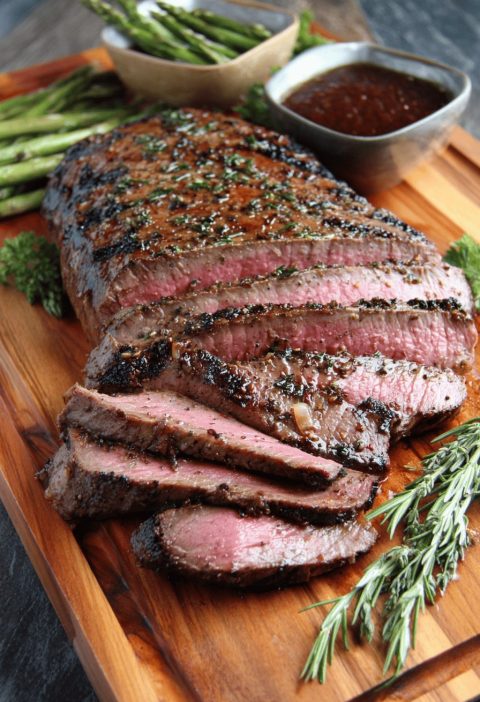Would you like to save this?
Baking soda is a powerhouse when it comes to freshening carpets—but the truth is, many people don’t use it correctly. A quick sprinkle across the floor might help a little, but it won’t give you the deep clean and odor removal you’re hoping for. If you’ve ever wondered why your carpets still don’t smell as fresh as you’d like after using baking soda, it’s likely because you missed a crucial step or two.
Whether you want to eliminate odors or tackle stubborn stains, using baking soda the right way can make a huge difference. This guide will show you exactly how to unlock the full potential of this humble pantry staple. With the right approach, your carpets will go from stale to spotless—and your whole house will smell fresher too. Let’s dive into the correct techniques and expert tips to transform your carpet care routine.
Why Baking Soda Is So Effective
Baking soda (sodium bicarbonate) isn’t just for baking or deodorizing your fridge. It offers several unique benefits when applied to carpets, making it a fantastic, non-toxic alternative to chemical cleaners. Here’s why it works so well:
- Neutralizes Odors: Baking soda is alkaline, which helps it neutralize acidic odors trapped in carpet fibers. This is why it’s so effective on pet smells, food spills, and other lingering odors.
- Absorbs Moisture: Moist carpets can become breeding grounds for mold and mildew. Baking soda works as a drying agent, pulling out moisture and preventing the growth of unwanted bacteria.
- Safe for Pets and Kids: Unlike chemical-based cleaners, baking soda is non-toxic, making it ideal for homes with pets, children, or anyone sensitive to harsh cleaning agents.
To get the most out of these benefits, however, it’s crucial to apply baking soda the right way. Here’s a step-by-step guide to ensure you’re using it effectively.
How to Properly Use Baking Soda on Carpets
1. Start with a Thorough Vacuuming
Before applying baking soda, vacuum your carpet well. This removes surface-level dirt, dust, and debris, allowing the baking soda to reach deeper into the fibers where odors and moisture often hide. Skipping this step means you risk trapping dirt under the baking soda, making it harder to clean later.
2. Apply the Baking Soda Generously
Now it’s time to spread the baking soda. Don’t be shy—apply a generous, even layer across the carpet. Pay special attention to high-traffic areas, spots that tend to trap odors (like near pet beds), and any visibly stained areas. If certain sections need extra care, sprinkle a little more in those spots.
3. Work It into the Carpet Fibers
To make sure the baking soda penetrates deep into the carpet, gently brush it in using a soft-bristled brush. This ensures the powder reaches every layer of the carpet, giving it the chance to absorb odors and moisture from the inside out.
4. Let It Sit (The Longer, the Better)
Here’s where patience pays off. For best results, let the baking soda sit on the carpet for at least 15 minutes—but if you can, leave it overnight. The longer it stays, the more time it has to neutralize odors and absorb moisture. This is especially important for stubborn smells like pet accidents or food spills.
5. Vacuum Thoroughly to Remove Residue
Once you’ve given the baking soda enough time to work its magic, vacuum the carpet thoroughly. Make sure to go over the area multiple times to remove all the powder. Any leftover residue can build up in your carpet over time, making it feel gritty or dull.
Advanced Tips for Tackling Stains
While baking soda works wonders on odors, it’s also a great tool for stain removal when combined with other household products. Here are two advanced techniques to deal with tough carpet stains.
1. Baking Soda and Vinegar for Fresh Stains
For recent stains—like spills from food or drinks—a combination of baking soda and vinegar works wonders. Start by sprinkling baking soda directly on the stain. Then, spray vinegar over the top and let it fizz. This bubbling reaction helps lift the stain from the carpet fibers. Once the fizzing stops, blot the area with a clean cloth and vacuum when dry.
2. Use Hydrogen Peroxide for Tough Stains
For more stubborn stains like wine, coffee, or ink, you can mix baking soda with hydrogen peroxide. Apply the mixture directly to the stain, but test it on a small, hidden area first to ensure it won’t bleach your carpet. Let it sit for a few minutes, then blot with a cloth and vacuum when dry.
Why Baking Soda Beats Chemical Cleaners
There’s a reason baking soda has stood the test of time as a go-to cleaning agent. Unlike harsh chemical cleaners, it’s non-toxic, affordable, and effective. Here’s why it’s the better choice for carpet care:
- Safe for Pets and Kids: You don’t have to worry about harmful fumes or chemical residues lingering in your home.
- Prevents Allergies and Skin Irritation: Chemical-based cleaners can trigger allergies or irritate sensitive skin, while baking soda is gentle and hypoallergenic.
- Environmentally Friendly: Using baking soda instead of chemical cleaners reduces your environmental impact by avoiding harmful chemicals.
Frequently Asked Questions
How often should I use baking soda on my carpets?
You can use baking soda as often as needed, especially in areas prone to odors. A monthly treatment will keep carpets smelling fresh, but you can do it weekly in high-traffic areas or homes with pets.
Can baking soda damage my vacuum cleaner?
As long as you vacuum thoroughly and clean your vacuum’s filter regularly, baking soda won’t harm your machine. Just make sure to remove all the powder, as leftover residue can clog filters over time.
Does baking soda remove pet urine odors?
Yes, baking soda is effective at neutralizing pet urine odors. If the smell persists, you may need to combine baking soda with vinegar or use an enzyme cleaner specifically designed for pet stains.
How long should I leave baking soda on the carpet?
For best results, leave baking soda on the carpet for at least 15 minutes, but overnight is ideal. This gives it plenty of time to absorb moisture and trap odors.
Can I use baking soda on all types of carpet?
Baking soda is safe for most carpets, but if you have delicate or vintage rugs, it’s a good idea to test a small, hidden area first to make sure there’s no discoloration or damage.
Final Thoughts
Baking soda is more than just a quick fix for funky smells—it’s a powerful, natural tool for deep cleaning carpets. When used correctly, it can eliminate odors, absorb moisture, and even tackle tough stains. The key to success lies in applying it generously, brushing it in, and giving it enough time to work. Paired with a few advanced techniques like vinegar fizzing or hydrogen peroxide treatments, baking soda becomes an essential part of your carpet care routine.
So the next time your carpets start looking or smelling less than fresh, skip the chemical cleaners and reach for baking soda instead. With these simple techniques, you’ll enjoy cleaner, fresher carpets—without the toxic residue. Give it a try, and see how easy it is to transform your floors from dull to dazzling!







